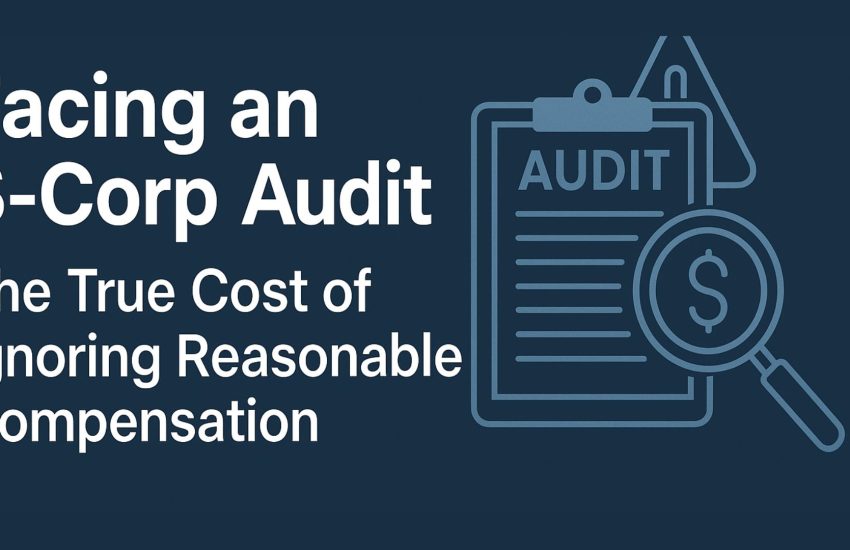New Rule – Employee or Independent Contactor
New Rule – Employee or Independent Contactor
Article Highlights:
- New U.S. Department of Labor Rule
- New Six Factor Test
The Department of Labor (DOL) has a new rule defining whether a worker is an independent contractor or an employee. This will go into effect March 11, 2024. The DOL believes this new rule will provide greater clarity and consistency for businesses.
o Opportunity for Profit or Loss Depending on Managerial Skill
o Investments by the Worker and the Potential Employer
o Degree of Permanence of the Work Relationship
o Nature and Degree of Control
o Extent Work Performed Is an Integral Part of the Potential Employer’s Business
o Skill and Initiative
The following is an overview of relevant factors associated with each of the new six-factor tests:
- Opportunity for Profit or Loss Depending on Managerial Skill:
Whether the worker determines or can meaningfully negotiate the charge or pay for the work provided,
Whether the worker accepts or declines jobs or chooses the order and/or time in which the jobs are performed,
Whether the worker engages in marketing, advertising, or other efforts to expand their business or secure more work,
Whether the worker makes decisions to hire others, purchase materials and equipment, and/or rent space,
If a worker has no opportunity for a profit or loss, then this factor suggests that the worker is an employee.
- Investment by the Worker and the Employer -This factor considers whether any investments by a worker are capital or entrepreneurial in nature.
- Degree of Permanence of the Work Relationship -This factor weighs in favor of the worker being an employee when the work relationship is indefinite in duration, continuous, or exclusive of work for other employers. This may include regularly occurring fixed periods of work, although the seasonal or temporary nature of work by itself would not necessarily indicate independent contractor classification.
- Nature and Degree of Control – This factor considers the potential employer’s control, including reserved control, over the performance of the work and the economic aspects of the working relationship. Facts relevant to the potential employer’s control over the worker include whether the potential employer sets the worker’s schedule, supervises the performance of the work, or explicitly limits the worker’s ability to work for others.
- Extent to Which the Work Performed Is an Integral Part of the Employer’s Business – This factor considers whether the work performed is an integral part of the potential employer’s business. This factor does not depend on whether any individual worker, in particular, is an integral part of the business, but rather whether the function they perform is an integral part of the business.
- Skill and Initiative – This factor considers whether the worker uses specialized skills to perform the work and whether those skills contribute to business-like initiative. This factor indicates employee status where the worker does not use specialized skills in performing the work or where the worker is dependent on training from the potential employer to perform the work.
IMPORTANT NOTE: The Department of Labor (DOL) and the Internal Revenue Service (IRS) use different criteria for determining whether a worker is an employee or independent contractor, and the criteria serve different purposes.
For more information, please contact our office at (402) 932 – 8815.
Sincerely,
W. E. Stevens, P.C.



